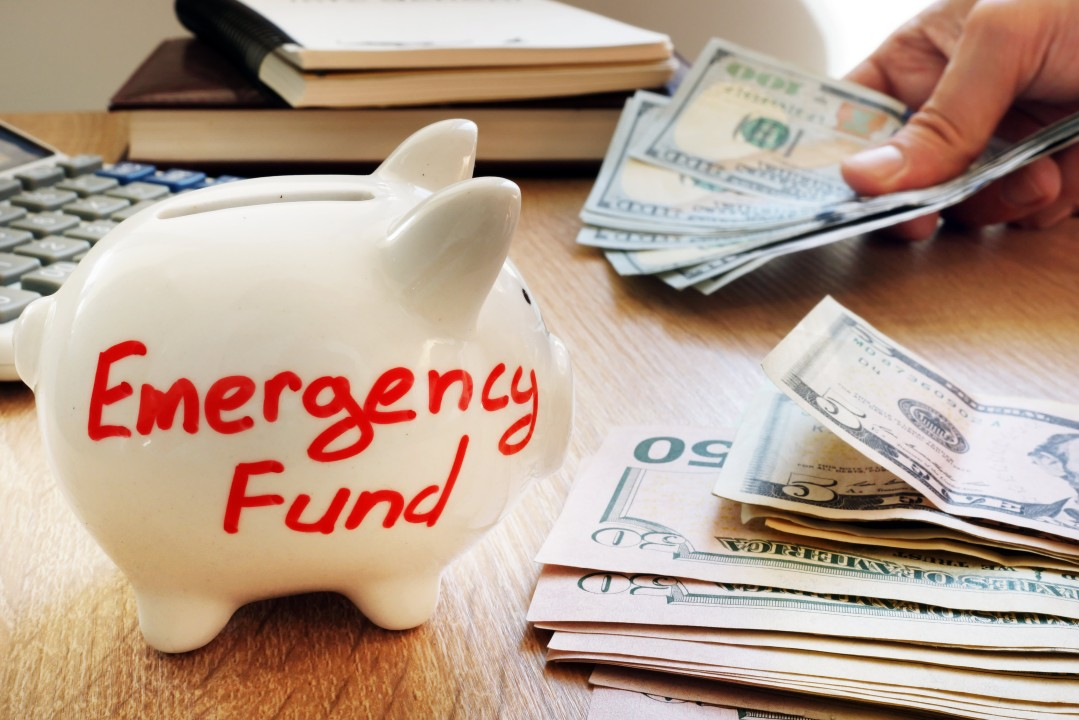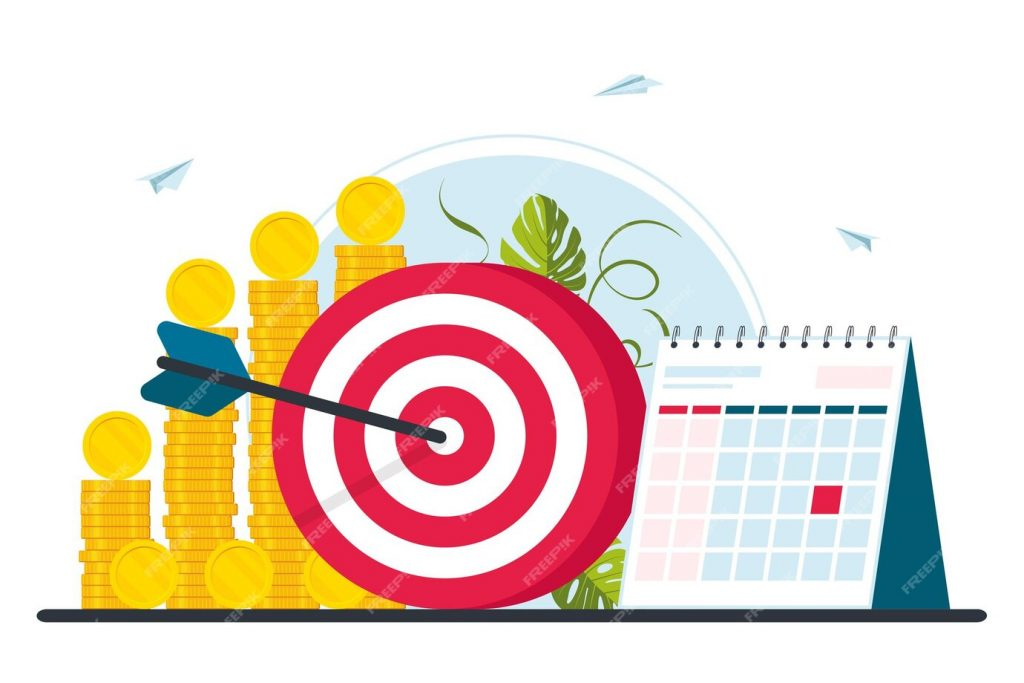Creating an emergency fund is more than a savvy financial strategy—it’s a foundational pillar of financial wellness, bringing peace of mind and emotional stability. According to Vanguard’s April 2025 research, individuals with at least US $2,000 in emergency savings report a 21% higher financial well-being score; those with three to six months’ worth of living expenses saved see an additional 13% boost.This underscores how even modest savings can dramatically elevate one’s financial confidence and emotional equilibrium.
The benefits of an emergency fund ripple beyond the numbers—it significantly reduces stress and improves mental health. Multiple studies show that financial strain can lead to anxiety, depression, and physical symptoms like headaches and insomnia.Conversely, knowing you have a financial buffer fosters better decision-making, nurtures healthier relationships, and cultivates stronger self-trust.
Building this safety net doesn’t require overnight transformation. Start by aiming for a modest goal—say, US $2,000 or one month of expenses—then scale up gradually to cover 3–6 months. Automating transfers, using budgeting tools, and treating the fund as off-limits except for true emergencies will keep your progress on track. Over time, what begins as financial prudence transforms into emotional resilience—ensuring you can face life’s uncertainties with confidence and calm.





